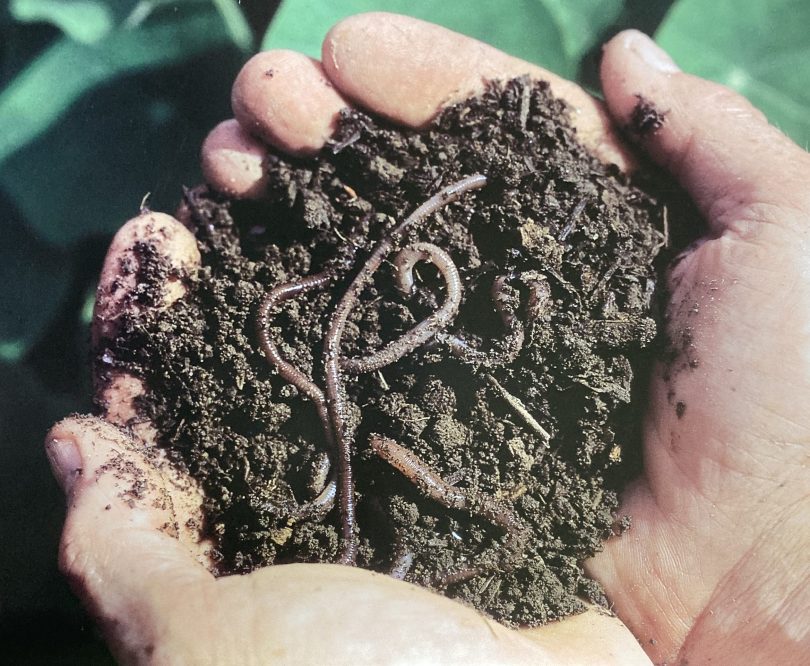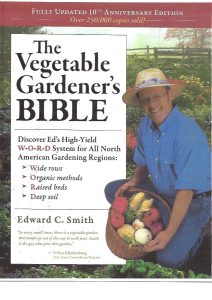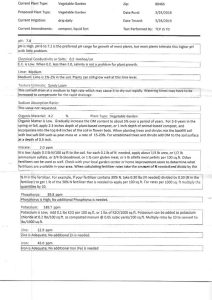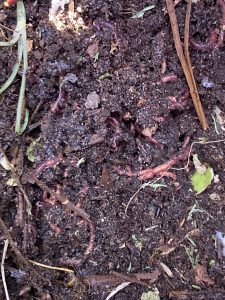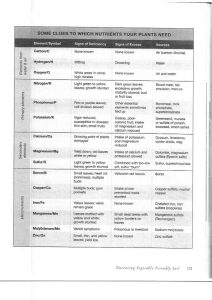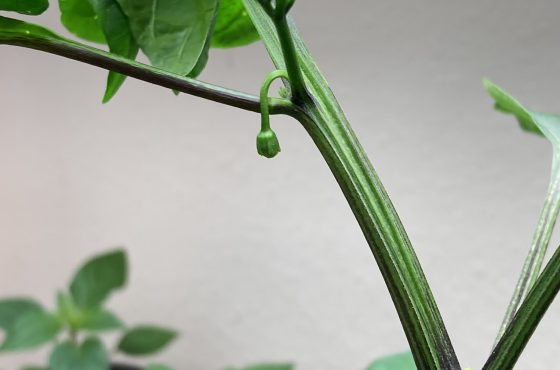Good Soil/Amendments
[Cover photo from the book The Vegetables Gardener’s Bible ]“Good soil is not just “dirt”, according to Edward Smith (The Vegetable Gardener’s Bible), it is a repository for a wide range of nutrients like carbon, hydrogen, oxygen, nitrogen, phosphorus, potassium, calcium plants need for truly healthy growth along with organic matter (remains of plants and animals) and a myriad of living creatures of all sizes, all playing a part in creating an ecology where plants thrive.”
Soil is made up of 4 components: 2 solids (mineral and organic), air and water. A good profile for the Colorado Front Range is 25% air, 25% water, 5% organic matter, 45% mineral. The best way to know where you stand with your soil health is to get a ‘soil test’ through the CSU Extension lab. Simply go to a local nursery and ask for a soil test kit which will have detailed instructions on how to obtain sample. [See results of mine below] There are also home test kits that can tell you a few details like pH, nitrogen, potassium and phosphorus.
There are different textures to soil in different regions which will affect pore size, water retention, soil temperature and fertility. For example, sandy soils will have low water, low nutrient-holding capacity along with rapid drainage while clayey soil with hold on to water too long with slow drainage. Check the soil sample result sheet that describes my particular soil type – sandy loam. Some people garden out of planters or containers as well and will use potting soil is a mixture of organic (compost) and inorganic materials like peat moss, bark, sand, compost and vermiculite. It is ideal for growing plants in containers since it provides good drainage.
Since plants will use up the nutrients in the soil over time it’s very important to add soil amendments like compost to increase organic matter. I added plant based black tea compost 3 yrs ago (looked like bark and did not break down well) and the last 2 falls I have added animal bulk (steer) manure compost to each bed (totaling 1/2 ton each time!). I also added Ammonium Sulfate (nitrogen) and Potash (potassium) to each box since my soil sample showed deficiencies in those nutrients. All of these amendments made a huge difference last year in the health of my plants and volume of vegetables. Plant food or fertilizer (which is any material of natural or synthetic origin that supplies plant nutrients) is composed of N (nitrogen), P (phosphorus) and K (potash or potassium). You will see on the labels of fertilizers a ratio/percentage of each N – P – K (10-20-10). Over or under fertilizing can cause a lot of damage to plants so it is best to use low percentage fertilizer when not sure if there are deficiencies.

